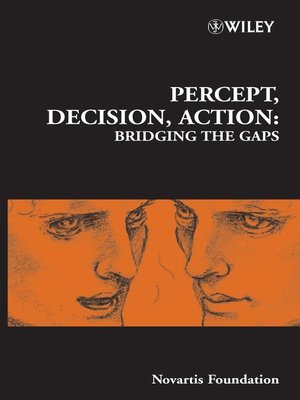Percept, Decision, Action
ebook ∣ Bridging the Gaps · Novartis Foundation Symposia
By Derek J. Chadwick

Sign up to save your library
With an OverDrive account, you can save your favorite libraries for at-a-glance information about availability. Find out more about OverDrive accounts.
Find this title in Libby, the library reading app by OverDrive.



Search for a digital library with this title
Title found at these libraries:
| Loading... |
The theme of the book is how the brain uses sensory information to develop and decide upon the appropriate action, and how the brain determines the appropriate action to optimize the collection of new sensory information. It addresses several key questions. How are percepts built up in the cortex and how are judgments of the percept made? In what way does information flow within and between cortical regions, and what is accomplished by successive (and reverberating) stages of processing? How are decisions made about the percept subsequently acted upon, through their conversion to a response according to the learned criterion for action? How does the predicted or expected sensation interact with the actual incoming flow of sensory signals? The chapters and discussions in the book reveal how answering these questions requires an understanding of sensory–motor loops: our perception of the world drives new actions, and the actions undertaken at any moment lead to a new 'view' of the world.
This book is a fascinating read for all clinical and experimental psychologists and neuroscientists, as well as anyone interested in how we perceive the world and act within it.






